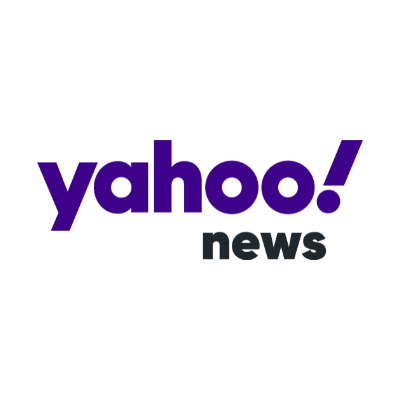 Yahoo News Article Rating
Yahoo News Article RatingIn Cities With School Choice, Low-Income Kids Catching up to Wealthier Peers
- Bias Rating
16% Somewhat Conservative
- Reliability
85% ReliableGood
- Policy Leaning
16% Somewhat Conservative
- Politician Portrayal
N/A
Continue For Free
Create your free account to see the in-depth bias analytics and more.
Continue
Continue
By creating an account, you agree to our Terms and Privacy Policy, and subscribe to email updates. Already a member: Log inBias Score Analysis
The A.I. bias rating includes policy and politician portrayal leanings based on the author’s tone found in the article using machine learning. Bias scores are on a scale of -100% to 100% with higher negative scores being more liberal and higher positive scores being more conservative, and 0% being neutral.
Sentiments
4% Positive
- Conservative
| Sentence | Sentiment | Bias |
|---|---|---|
Unlock this feature by upgrading to the Pro plan. | ||
Reliability Score Analysis
Policy Leaning Analysis
Politician Portrayal Analysis
Bias Meter
Extremely
Liberal
Very
Liberal
Moderately
Liberal
Somewhat Liberal
Center
Somewhat Conservative
Moderately
Conservative
Very
Conservative
Extremely
Conservative
-100%
Liberal
100%
Conservative

Contributing sentiments towards policy:
53% : And in St. Louis, where 39% of students are enrolled in public charter schools, the performance gap closed by 30%.52% : In Kansas City, where 46% of students are enrolled in public charter schools, the performance gap between low-income students and all students closed by 31% between the 2010-11 school year and 2022-23.
52% : The report found that in the city, where 58% of students are enrolled in public charter schools or innovation schools, the performance gap between low-income students and all kids statewide closed by 23% between the 2010-11 and 2022-23 school years.
51% : " New Jersey is home to another standout in PPI's report: Newark, where 35% of students are enrolled in public charter schools and the performance gap closed by 45% across the same 12-year period.
*Our bias meter rating uses data science including sentiment analysis, machine learning and our proprietary algorithm for determining biases in news articles. Bias scores are on a scale of -100% to 100% with higher negative scores being more liberal and higher positive scores being more conservative, and 0% being neutral. The rating is an independent analysis and is not affiliated nor sponsored by the news source or any other organization.

























